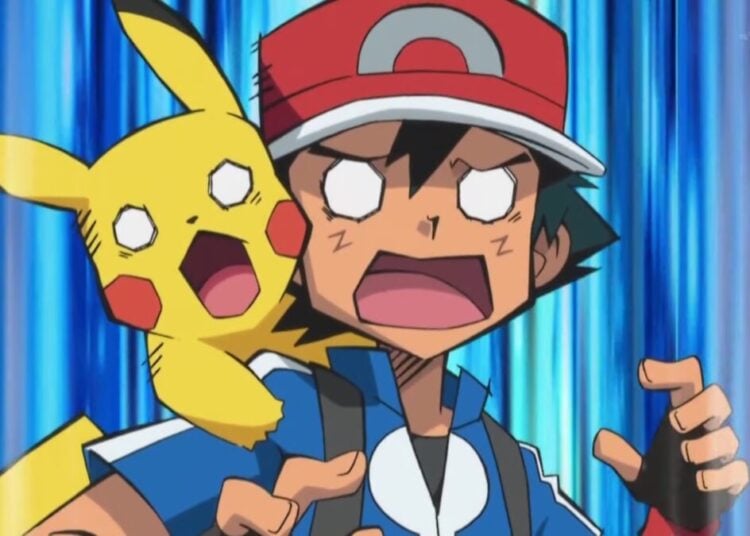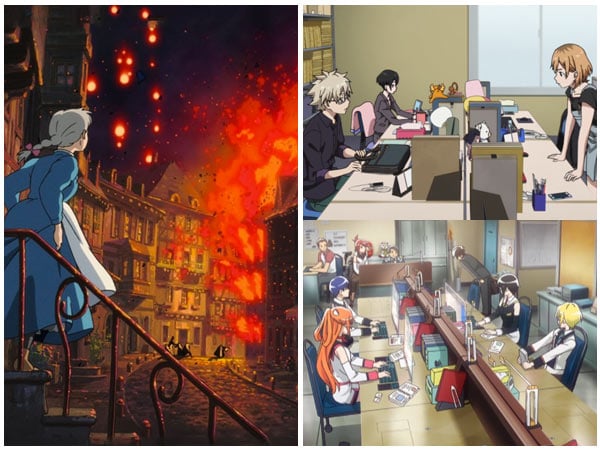The other day I saw an image bouncing around the Internet that showed Japanese high school students cleaning their classrooms, with a caption that explained that, rather than hiring janitorial staff, Japanese schools make the students do the cleaning themselves because it teaches them respect, responsibility and equality. I smiled, because this is one of my favorite things about Japan. The goal of this practice is to teach the students three concepts that are at the core of what it is to be Japanese: 責任 sekinin, which means to take responsibility for something; 勤勉 kinben, which means to have an industrious and hard-working spirit; and 謙虚 kenkyo, or humility, since nothing builds character like cleaning a toilet with an old toothbrush. “This kind of thing is super important to us,” said J-List’s manga and artbook buyer Yasu. “If students stopped taking responsibility for cleaning their own classrooms, they would no longer be Japanese.”
Urban legends are funny things, sometimes leading millions of people to believe something that just isn’t true, like the way I grew up positive that Walt Disney was not actually dead, but had been put into cryogenic suspension somewhere. They have urban legends in Japan, too, and some of them can be quite fascinating. For example, the Japanese have an odd belief that the Lucky Strike cigarette brand logo represents the atomic bombing of Hiroshima when viewed from above, though of course this is wrong as the logo has been in use since the 1930s. Urban legends related to the films of Miyazaki Hayao are common, too. In addition to the now-famous fan theory that Totoro is actually a shinigami (God of Death), there’s a mistaken popular belief that when Miyazaki went to create Kiki’s Delivery Service he learned to his chagrin that the term 宅急便 takkyubin, meaning home delivery service, was a trademark of the Kuroneko Yamato delivery company. In exchange for permission to use the term in his movie, it’s wrongly believed, the company demanded that he create a black cat character for the film, which is supposedly where Jiji the cat came from. Another common urban legend has to do with a mythical Japanese creature called a kappa, part of the Japanese system of yokai folk spirits that shows up in many areas of popular culture, and which Haruhi wanted to capture in a recent episode of The Disappearance of Nagato Yuki. Kappa have a bald spot on the tops of their heads, which Japanese think is related to
Francis Xavier, Jesuit missionary credited with bringing Christianity to Japan in 1549, though it’s another case of a misunderstanding being passed down through the centuries.
We’ve got some good news for fans of English-translated visual novels: the English version of Starless is available now! Actually we’re still waiting for the finalized packages to come in stock, but since every copy of the Limited Edition comes with a download code, enabling you to play the game on the official release date, we’ve sent these codes out to all preorder customers. You can still order the game, which comes with a deluxe large-sized box, DVD-ROM, and a 62-page artbook filled with amazing art, character data and an original interview with creator Sei Shoujo, and we’ll get it out to you when they come in in 1-2 weeks. Order the game now, if you haven’t already!

















